How to grow green onions on a windowsill?
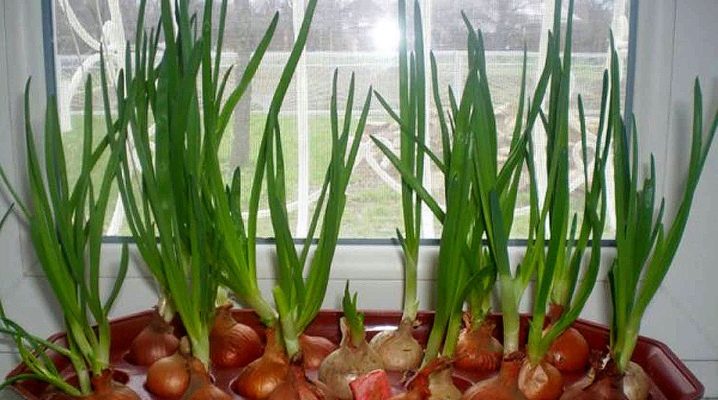
Of course, now all year round, any greens are sold in stores. But either the product is expensive or not very fresh, so a huge number of people grow not only parsley and dill, but also green onions on the windowsill. Difficulties and hassle do not arise if you follow certain rules for planting and caring for the pen.
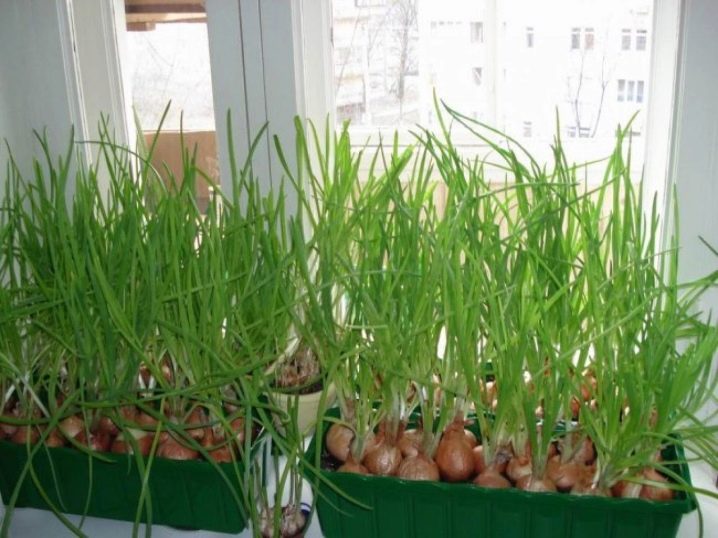
Seed selection
Onions are perhaps the most popular for growing at home, but there are other options.
- Batun, winter road or Tatar onion. Has a good yield, is planted exclusively on greens.
- Schnitt has tender and juicy green leaves and a pleasant aroma.
- The multi-tiered variety is quite unpretentious. Caring for him is minimal, the view is not capricious to temperature extremes.
- It does not have leek bulbs, and its leaves are similar to garlic arrows.
- Shallot gives a rich harvest, does not require careful maintenance.
- Slime can be planted at home at low temperatures. It grows quickly and has a garlic aroma.
- The "Rostov" variety goes well on the pen, it is resistant to various kinds of diseases. Productivity is at a high level.
- Popularity was gained by the "Black Prince" - a multi-primordial variety that gives abundant greenery when germinating.
- The "Amber" variety has proven itself quite well: it is resistant to diseases, has a lot of juicy feathers at the output.
- The Arzamasskiy variety is also well suited. He has a lot of rudiments, which means that there will be more juicy mass.
- The multi-nested varieties go well: Pozharsky, Soyuz, Bessonovsky, Danilovsky.
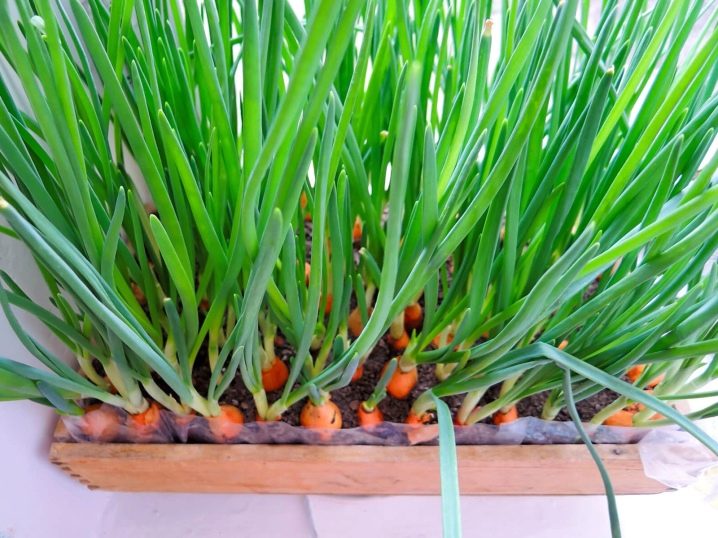
We decided on the variety. Now you need to choose a quality seed. We consider future greenery for dents, rot, mold and mechanical damage.
It is better to choose onions with a diameter of at least 4 centimeters: they are easiest to germinate.
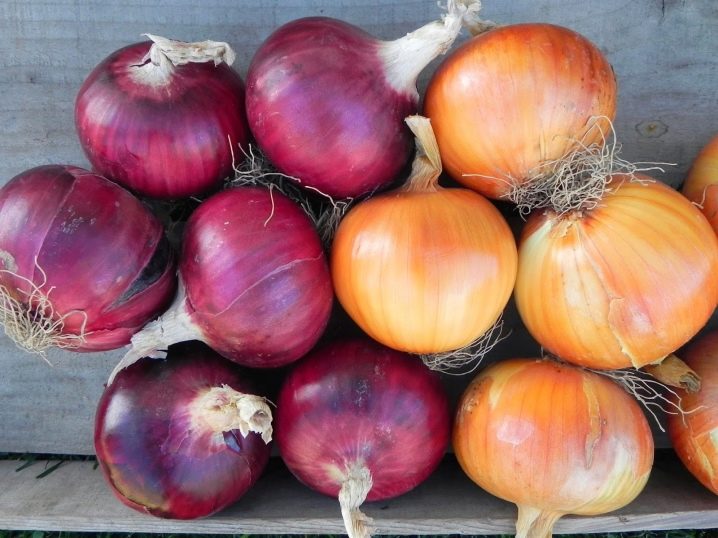
For active germination of feathers the tops of the heads are recommended to be cut off, and the seed must be soaked in a weak pink solution of potassium permanganate for a quarter of an hour. Experienced gardeners recommend completely peeling the turnip. There is no specific planting time for greens, but they are planted around the second half of winter. But in principle, you can germinate all year round.
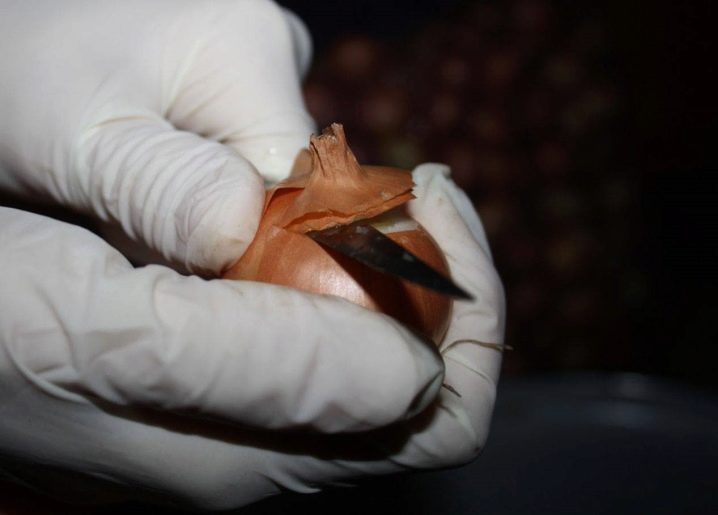
How to plant in the ground?
You can grow a vegetable crop on a windowsill in two weeks. Before planting a vegetable on greenery in an apartment, it is recommended to prepare a soil mixture, a suitable container. After that, we send a thin layer of drainage to the bottom of the finished pot, then the soil mixture. It is necessary to decide in advance on the type of seed: seeds, onion or part of it, seedlings. Plentiful irrigation is required before planting. We press the vegetable heads into the ground to a depth of 2 or 4-5 centimeters, with a distance of 8 centimeters. It is recommended to ensure that the top of the material does not sink into the ground.
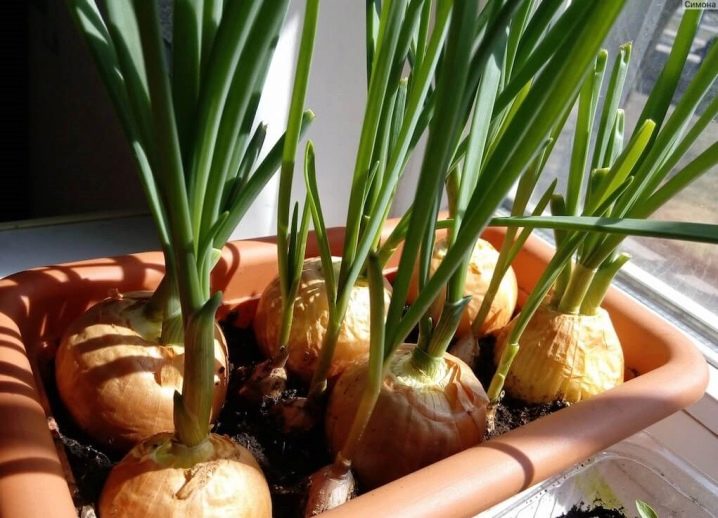
If you bought seeds in a bag in a store, then we do everything according to the following instructions:
- we sort the seeds by size, disinfect them with a solution of sulfonamide and water;
- we leave for a day in a biostimulator "Zircon" or "Epin";
- we wash, send under a wet bandage or gauze until the roots appear;
- We sow the seeds on the window to a depth of 1 centimeter, water them, send them under the film.
Planted pots are best kept warm for about a week. As soon as the first greens appear, the container is removed closer to sunlight. We control the level of soil moisture.
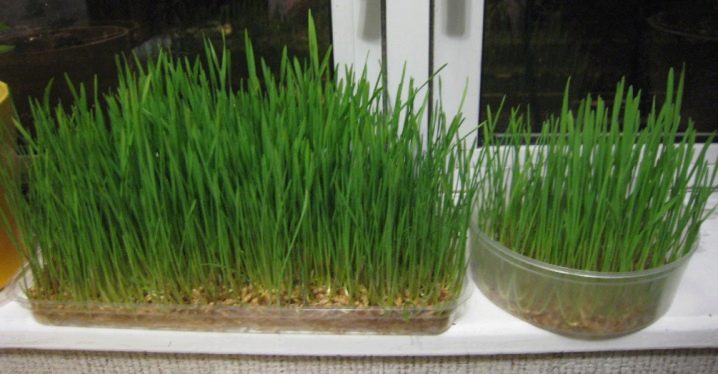
Chives are grown in a slightly different way.It is sown with seeds, but it gives an abundant green mass in the second year after planting. For cultivation, a shallow container is selected, drainage and soil are scattered. After that, it is necessary to draw shallow grooves, distribute the seeds, and mulch with peat. The first planting season will stand on the windowsill without seedlings, the harvest is expected in a year.
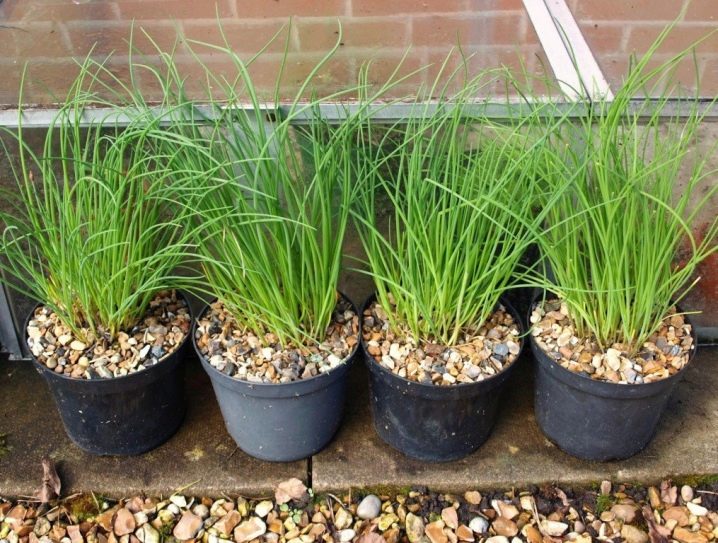
To get quick shoots, the onion must be woken up. We recommend using some tips.
- Future plantings must be wrapped in a damp cloth, and then in a plastic bag, put in a warm place for 6 hours. After such preparation, you can wait for shoots after six days.
- Soak the future greens for 3-4 hours in a manganese solution, germinate in containers without soil.
- Keep the onion in water at a temperature of 45 degrees for up to half a day... Then remove the husk from the turnip, cut off the tops and plant.
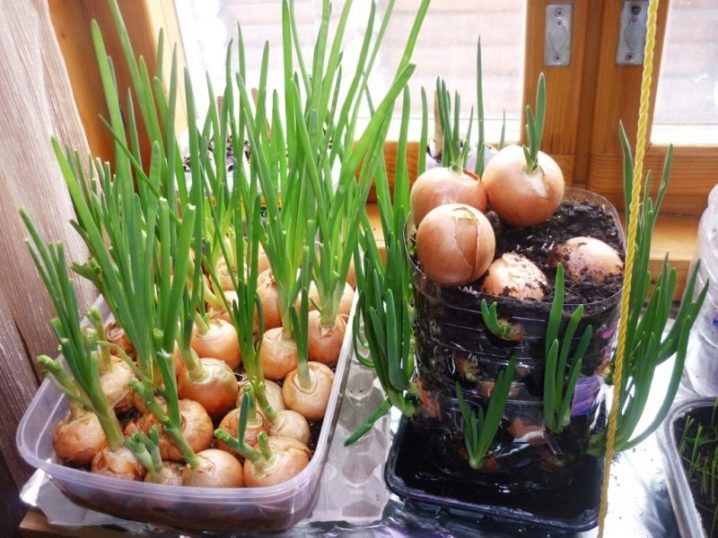
Choice of capacity
You can grow vegetable greens in a suitable container: jar, cups, trays. If cultivation in water is planned, then we select the cups so that the turnip does not lie in the water, otherwise it will not grow, but will rot. Also, boxes of milk, vegetable salad, ice cream are suitable as a container. But it is recommended to use containers with a height of more than 10 centimeters.
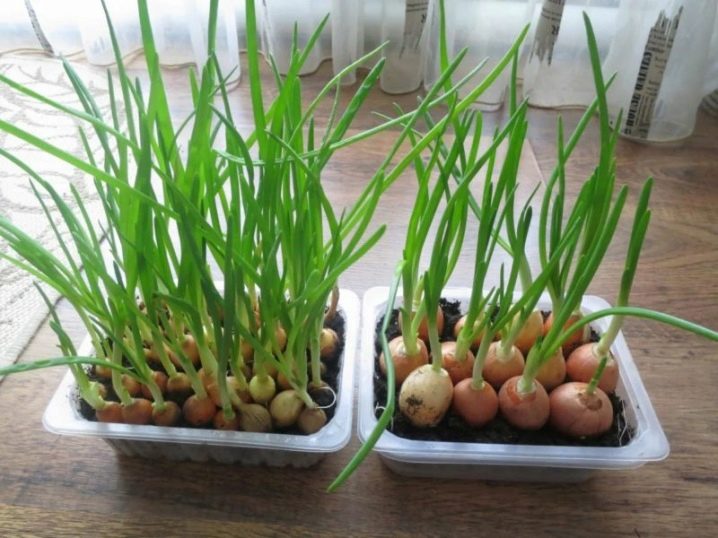
Many now practice growing in a five-liter plastic bottle. Let's give an example of such a construction.
- We take a bottle, evenly mark the places for the holes with a writing object.
- In place of the marks, we make holes with a diameter of up to 4 centimeters (slightly smaller than an onion).
- At the bottom, we prepare larger holes for water drainage.
- It is recommended to cut off the throat of the container. After all, you need to fill up the soil from above, determine the seed.
- We put the entire finished structure on a deep pallet: during watering, water will flow into it.
- First, we fill the soil into the container to the level of the first notches.
- We lay out the bulbs from the inside so that their necks extend beyond the bottle.
- Then we fill up the soil again, lay out the onion. We do this until the whole bottle is filled with soil and onions. It turns out approximately 30 pieces.
The culture is also planted in egg trays, plastic bags, homemade boxes.
Do not plant onions on greens in peat pots, they are not suitable for this.
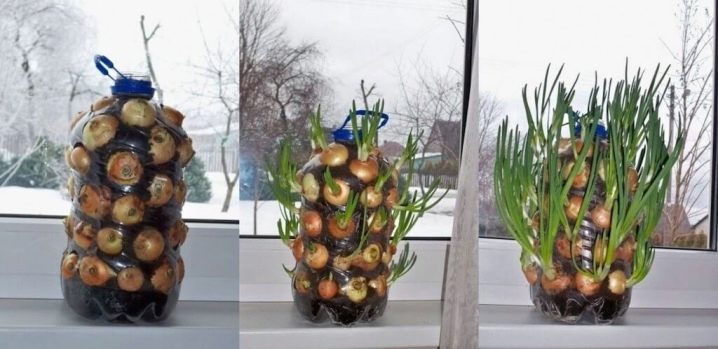
Soil preparation
The soil for planting should be with an acidity level of 6-7 pH. In the summer, they use country or garden land, and in winter it is purchased in stores. It is necessary to ensure that the soil is nutritious, loose, well drained. It is recommended to mix the soil with a small amount of sand, and put drainage (expanded clay, polystyrene, vermiculite) on the bottom of the container.
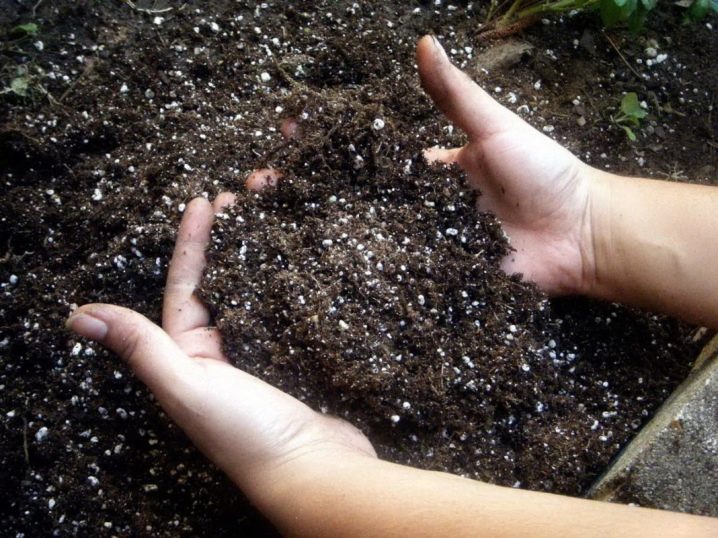
Some gardeners practice planting in such a soil: they mix one part of sand, peat and three parts of humus. The resulting composition is heated in the oven for about one hour at a temperature of up to 100 degrees. Then they are disinfected with a solution of hydrogen peroxide (100 milliliters) and water (the same amount). The mixture is packed in bags, if necessary, used.
If it is difficult to prepare such a composition, then use a universal purchased soil or for seedlings.
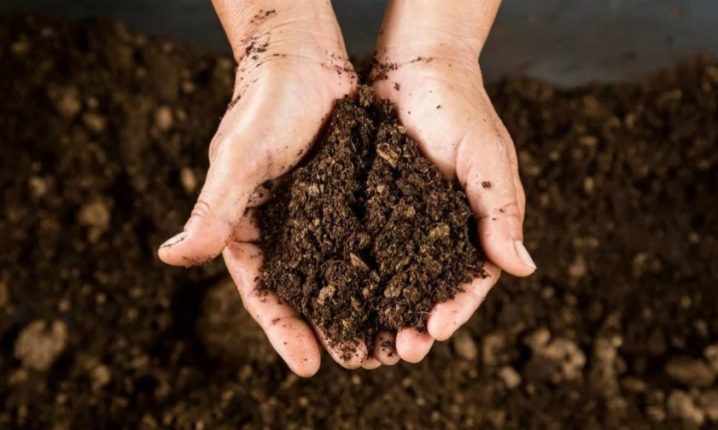
Planting onions without soil
It is noteworthy that onions can be grown even without the participation of soil. There are several ways to do this correctly.
In water
Let's write down the basic rules for such a landing.
- We select the right containers. It is necessary to calculate so that the onion, being in the container, barely touches the water.
- We advise you to prepare water even before planting. She must warm up, settle down.
- The contents of the cups are changed once a day. This is necessary so that there is no smell and decay of the onion.
- Once the vegetable has taken root, you can lower the water level in the jar.
- With this method of planting, we advise you to arrange the vegetable frequent airing.
- If this is your way, then the container must first be disinfected with boiling water or manganese solution.It is also recommended to wash it once every two weeks.
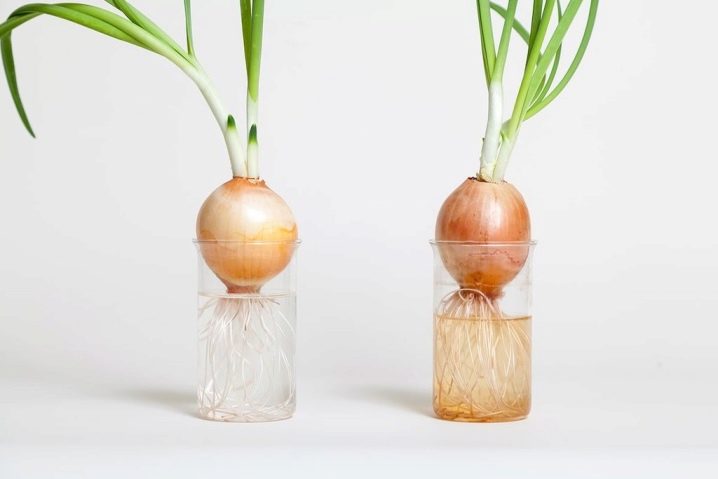
There is another way to grow onions in winter - in sawdust.
In sawdust
It is convenient to plant in sawdust. Such material is a growth stimulator, which means that a good harvest can be obtained during germination. The variety and size of the sawdust are not of fundamental importance. The only caveat is the processing of shavings before planting the crop. To do this, it is better to soak the shavings for a quarter of an hour in boiling water. After cooling, drain everything. Fill the container halfway with the disinfected material.
It is recommended to use a container up to five centimeters high. With this method, the bulbs are planted tightly to each other, and they are planted deeper. Watering is recommended no more than once a week. After three weeks, you can harvest.

If you add fine ash or crushed coal to the shavings, then this will be additional protection against fungi and bacteria.
Many people practice using a hydroponic plant. This is an ordinary container with a lid and turnip holes connected to a compressor. Water is poured into the bottom of the box, a turnip is planted into the holes so that it does not come into contact with water. Active growth is due to good air exchange.

Care
Taking care of the plantings is easy. After the material has been identified on the windowsill, it needs active lighting. If there is not enough sunlight, we recommend installing a phytolamp. At the same time, the air temperature should not fall below 23 degrees Celsius.
For the future harvest, it is necessary to ensure competent watering with a frequency of once every three days. Make sure that the ground does not dry out, otherwise growth will stop. But there should be no dampness either, since the onion will rot. It is recommended to stand the water, heat it to a temperature of plus 30 degrees. Plantings can be fed with an ash solution at the rate of 5 grams of substance per 1 liter of water. Squeeze the mixture under the root with a medical syringe.

To be successful in getting greenery at home, we recommend using some proven tips.
- In order for the turnip to take root faster, it is necessary to remove the container with seedlings away from heating radiators for 5-7 days.
- If the seedlings are in water, it is best to change the water 1-2 times a day at first.
- We advise you to frequently rinse young roots under running water.
- In order for the bulb to grow actively in the ground, it is necessary to cut off young greens more often.
- In a container with seedlings we weed the weeds, loosen the soil.
- If you want to have a green feather on the table for the entire cold period, then germination should be done every two weeks.
- The collection of greens depends on the method of planting, growing conditions, size, quality of the seed. For example, when soaking, pruning a turnip, the crop should be expected after 17 days. Without pruning and soaking, the time is extended to 21 days.
- You can trim from the moment when the feather has grown to 20-23 centimeters. They cut off the crop with scissors, you cannot pull, so as not to dislodge the turnip. You need to start pruning from the edges, and at the central part, ripening will begin later. If you need a lot of greenery, it is recommended to gently pull the arrows at the base, then they will come out together with an adult bulb. And on an empty place you can plant a new turnip.
- After the greens are cut, the planting bulb is pulled out and discarded. There are no nutrients in it, it makes no sense to cook food from it, it will no longer give feathers. The next landing party can be prepared.
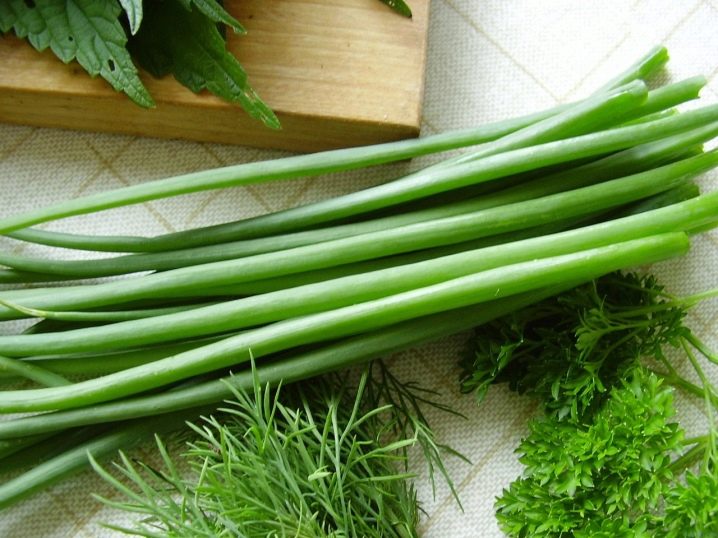
We recommend storing cut vitamin greens in a cool place or refrigerator in a loose bunch for a short time. It is better not to put in water, the safety will be low. The green feather is recommended to be eaten all year round, if there are no special contraindications from a doctor. After all, arrows contain 4 times more vitamins than a turnip. During growth, young shoots accumulate a huge amount of carotene, vitamin C. The onion also contains the necessary amount of vitamin K, which controls the level of blood clotting.
In addition, useful greens help in the prevention of cardiovascular diseases, some types of neoplasms. It allows you to quickly get rid of colds and flu. It has antibiotic properties, regulates blood glucose levels, and activates digestion.
Greens will not be stored for a long time. And to meet the weekly need for juicy onions, you need to plant 10-12 pieces. This amount does not take up much space and time for care.
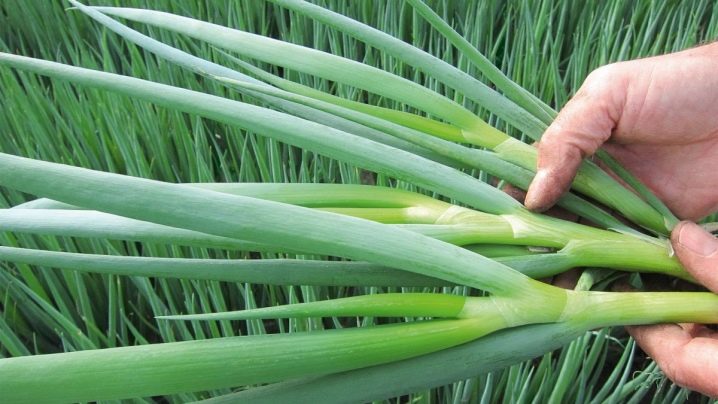
Even in winter, you can grow onions on the greens on the windowsill. Such a process will not cause difficulties, any beginner can handle it. The main thing is to follow the advice given above. Thanks to such a culture in winter, you can supplement your diet with vitamins, microelements, which means you can increase your immunity.
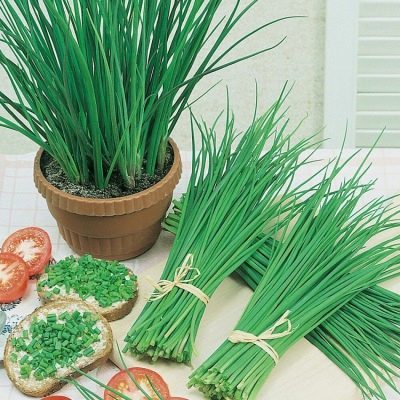













The comment was sent successfully.